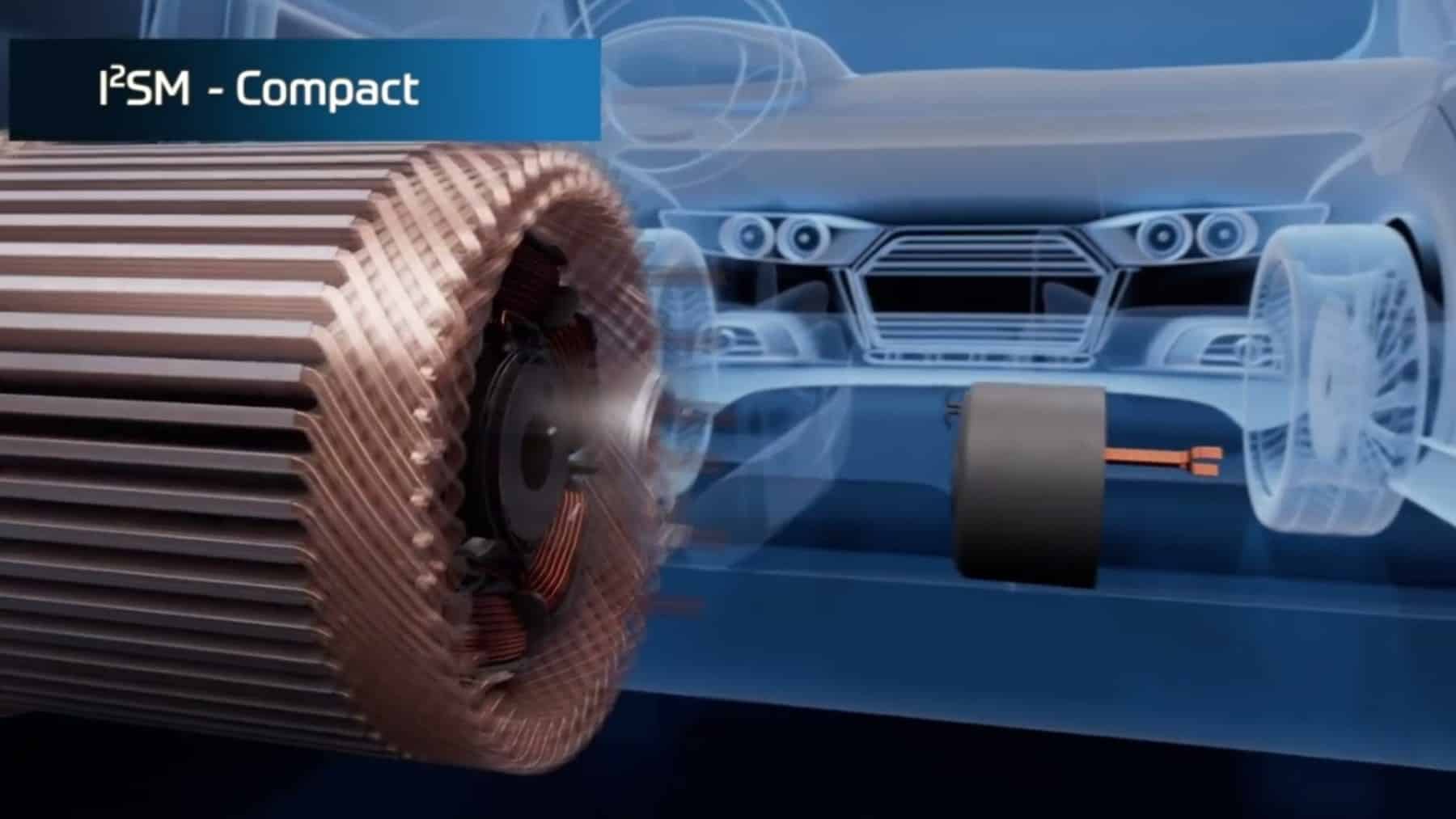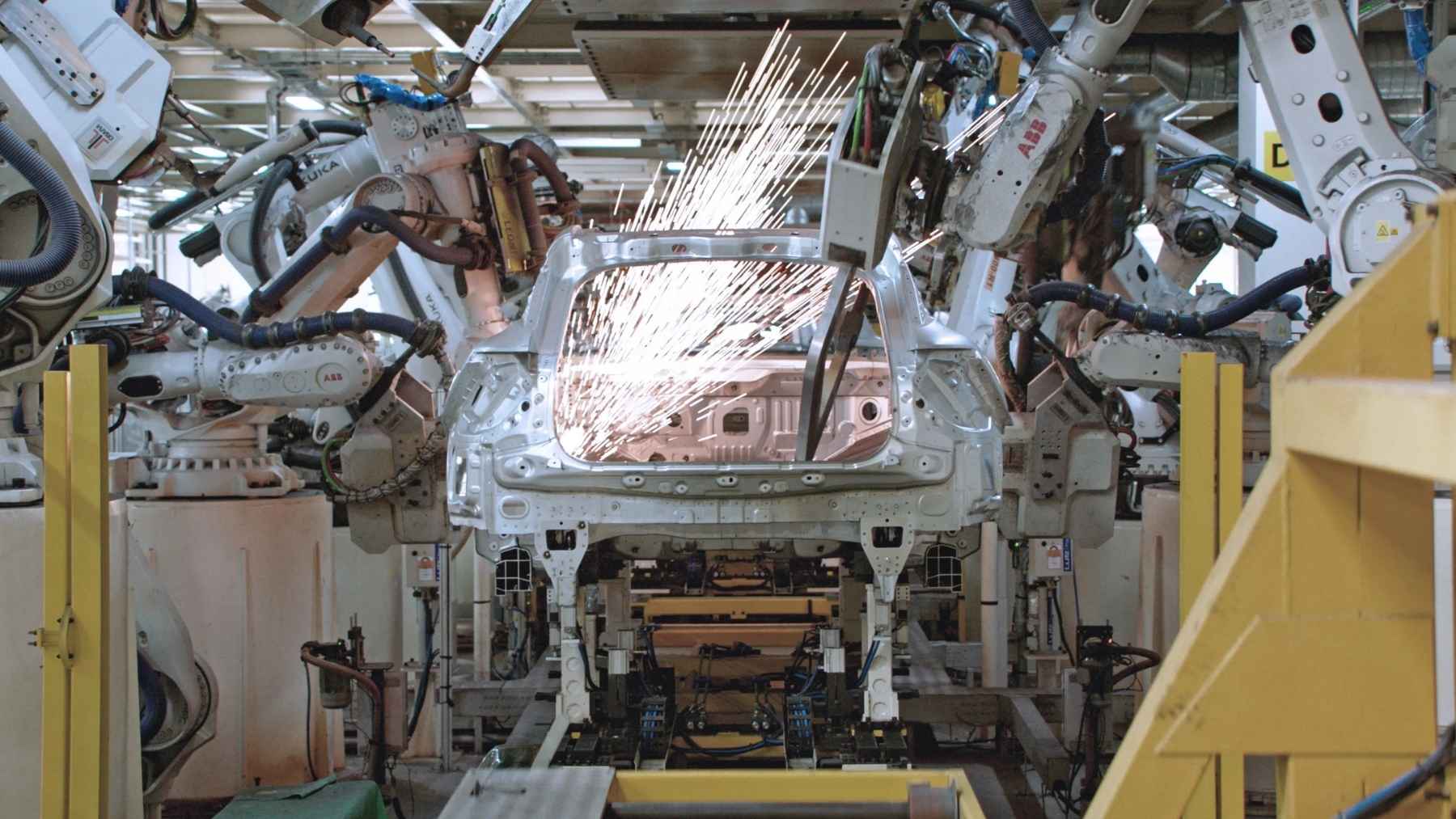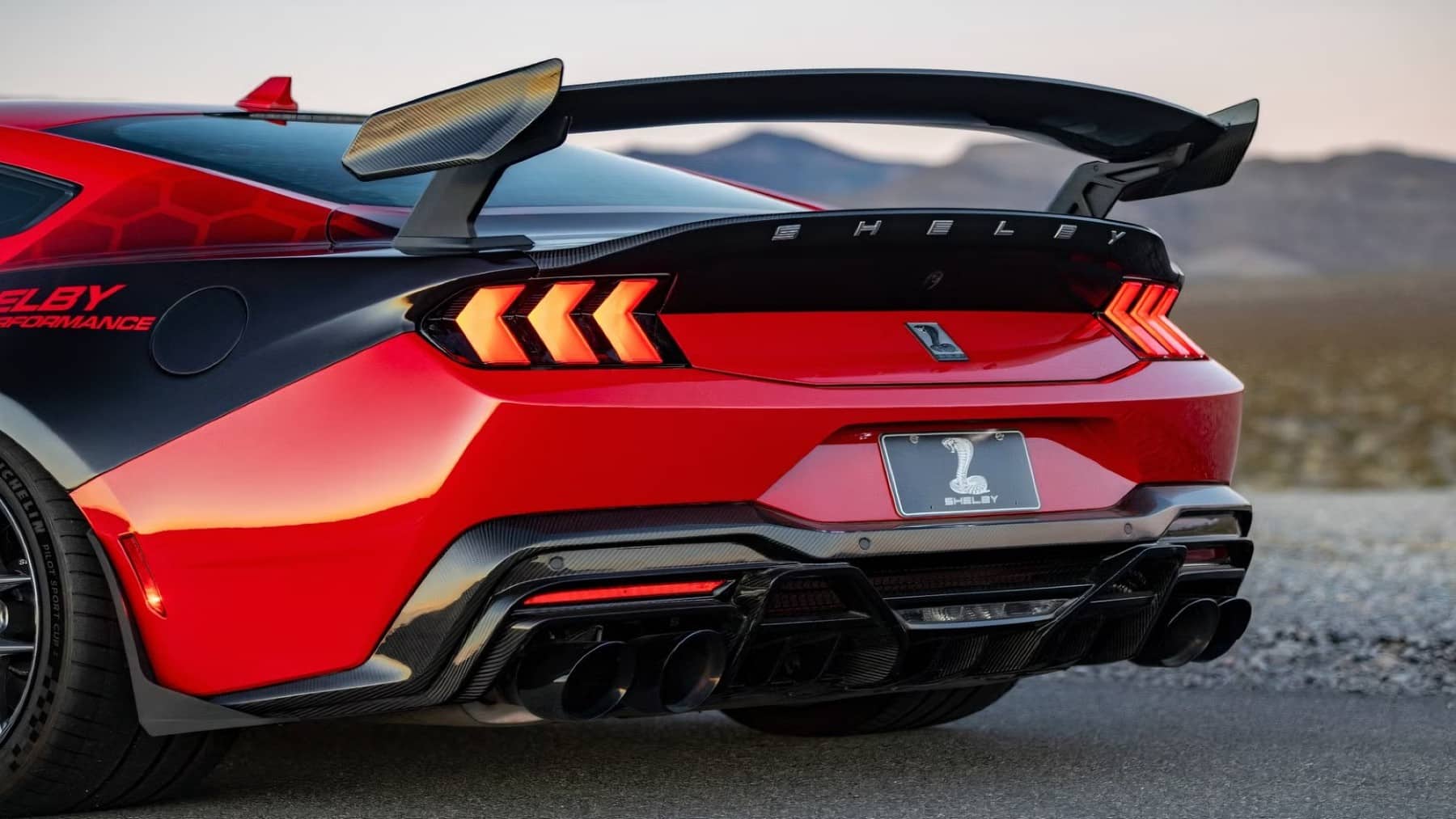The unveiling of ZF’s new In-Rotor Inductive-Excited Synchronous Motor shows the world one of the most futuristic engines ever. This electric vehicle (EV) is one with no magnets and no rare earths making it quite the game changer, especially in a world focusing on sustainable mobility. Tracing the historical trajectory of EVs and combustion engines becomes important in order to realize why this EV came at a time of need.
The combustion engine shaped how people all over the world moved around for centuries. In the 21st century, EVs started redefining what motor vehicles of the future should be. EVs offer us a greener and cleaner way of traveling that comes with the hidden cost of requiring rare earth elements. Rare earth elements are central for the production of high-performance magnets; however, these elements are environmentally damaging and geopolitically sensitive. For this reason, ZF’s motor came at the right time.
Releasing themselves from rare earth dependence
The most common EV, the Permanent Magnet Synchronous Motor (PSM), tends to rely heavily on rare earth metals including neodymium, praseodymium, and dysprosium. Although the elements are not entirely rare to find, they are extremely difficult to extract, that too in an environmentally and ethically responsible way. At present, China dominates the global supply of rare earths, producing approximately 80% of the world’s rare earth output. With present tension arising between the U.S. and China, the fact that China dominates the rare earth output is a cause for concern.
Generally, the electric driveline of a single passenger EV requires five kilograms of rare earths and wind turbines rely on about 550 kilograms per generator. Not only are rare earths costly, but they come with a heavy ecological price tag as well. ZF is a driving force in driveline technology and thus has set a target to eliminate rare earths from its products entirely. ZF’s I2SM motor is the innovation that has resulted from this set target.
Understanding the technology behind the I2SM
Despite being an advanced version of a separately excited synchronous motor (SESM), the 12SM has one main difference, it doesn’t depend on sliding contacts or brushes to create a magnetic field. The 12SM makes use of a cutting-edge inductive exciter built within the rotor shaft itself. In this way, the rotor receives energy without any physical contact. The 12SM goes beyond traditional design limitations allowing for oil cooling, compact packaging, and even outstanding performance.
The 12SM matches the size and torque density of a permanent magnetic motor, however, does not rely on any magnets at all. As stated by ZF, this creation reduces energy transmission losses by 15% and reduces the motor’s CO₂ production footprint by up to 50% during the manufacturing process.
According to Stephan von Schuckmann, board of management member of ZF, “This uniquely compact electric motor without magnets is impressive proof of our strategy of making electric drives more resource-efficient and sustainable.”
Could 12SM be a leader in redefining EVs?
Although the I2SM is something of wonder, it could revolutionize the EV industry. The 12SM allows for somewhat of an escape route from relying on rare earths. By reducing the need for magnets, the 12SM removes barriers to scaling electric mobility without the trouble of environmental degradation. ZF is keen on extending this innovation to its broader e-drive platform. So, this innovation won’t stay in labs but will be seen in real world applications in the form of passenger cars to commercial vehicles. ZF’s engine is yet another engine set to end the Chinese dominance similar to the Rimac C_Two electric hypercar.
A shift to a sustainable motor future
ZF proves that perhaps the most futuristic engine does not need to depend to scarce resources. Not only ZF, but the entire world is realizing that the best solution to the rare earth problem is to design them out entirely. The 12SM adopts this stance showcasing no more dependency, extraction, and compromise. ZF has certainly reimagined what the future of EVS could be. While the end of EVs has arrived with Toyota’s Project Hilux, ZF shows innovative EVs may be here to stay.














